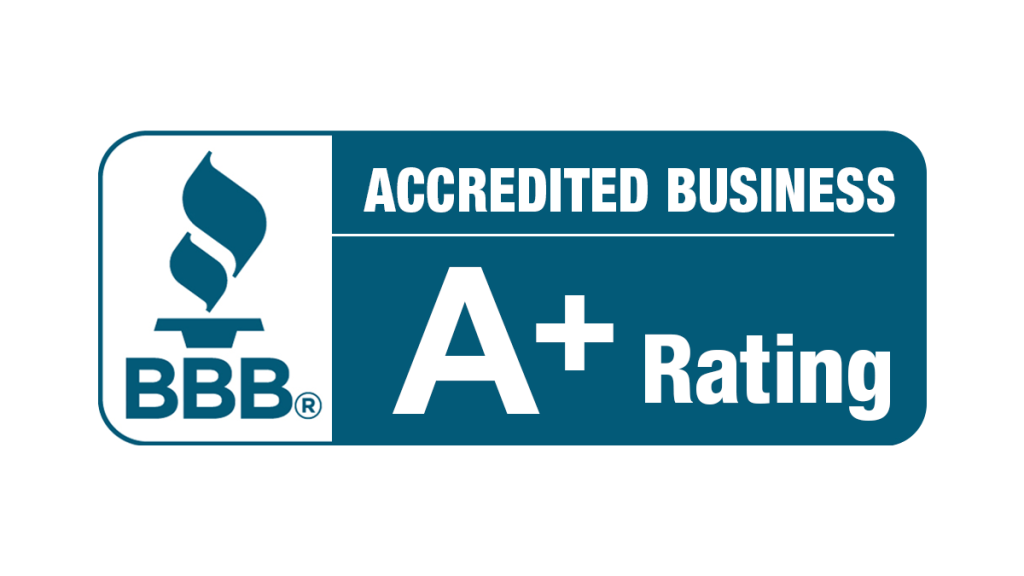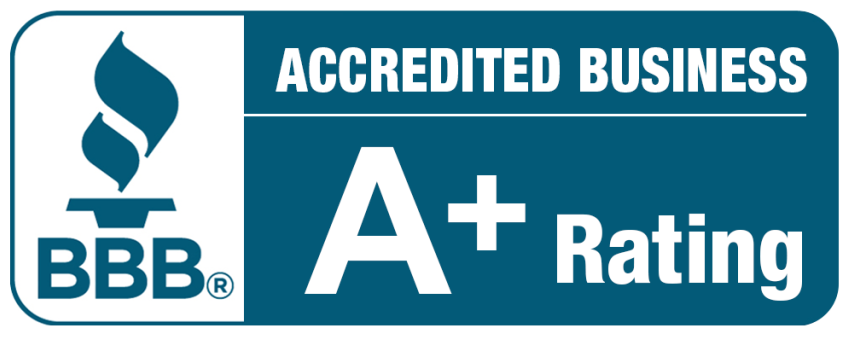Our climate over here in Arizona has made furnaces a must-have in homes. They ensure you stay comfortable during the winter periods. However, just like every other home appliance, your furnace also has a limited lifespan. And when your furnace reaches this line, it begins to wear and tear quickly. It shows you a sign that it’s about time it reaches the great beyond. As a sensitive owner, it’s your responsibility to be attentive to these signs and act accordingly.
In this blog, we will show you key signs to look out for to know that your furnace is dying and also how to extend its life.
Let’s get started!
Key Highlights
- Unexplained spikes in heating bills could be a sign that your furnace is no longer efficient.
- If your furnace is over 15 years old, it may be time to consider a replacement.
- Frequent repairs in recent years indicate that your furnace is on its last legs.
- Strange noises or smells coming from your furnace could be a sign of a dying unit.
- Inconsistent heating and cold spots in your home may indicate that your furnace is struggling to distribute heat properly.
- A yellow flame instead of a blue flame in your gas furnace suggests a combustion issue.
Key Signs Indicating Your Furnace Might Be on Its Last Legs
Is your furnace on its last legs? Here are some key signs to look out for:
1. Unexplained spike in heating bills
One of the earliest signs that your furnace is getting old is that you’ll begin to experience an unexpected spike in your heating bill.
If you notice your energy bill is getting overboard without a significant increase in your consumption rate, then that’s a sign. As your furnace gets old, it gets less efficient and consumes more energy.
If you are noticing any unexplainable increase in your energy bill, then it’s time to call the HVAC experts for furnace inspection or replacement.
2. Furnace over 15 years old
Another reason why your furnace might be dying is simply because it is aging. Just as there’s a lifespan attached to other things (living or nonliving), there’s a lifespan attached.
An average furnace is expected to live within 15-20 years. When your furnace exceeds its lifespan, it begins to misbehave. And at that point, no matter the repair attempt of the experts, it ends up being just a waste of time and resources.
While there are ways to extend the lifespan of your furnace, those things can only be done when your furnace has not yet exceeded its lifespan. If it has, and it’s now showing signs of wear and tear, it may be time to replace it.
3. Frequent repairs in recent years
If your furnace is calling for frequent repairs in recent years, then it’s time for a replacement. While fixing your furnace once in a while is pretty normal, fixing it too frequently within a short period is now abnormal and a sign of a dying furnace.
You might even notice that the cost of fixing or replacing damaged components is almost equal to the cost of buying a new one. This is a clue that your furnace is slowly giving up the ghost.
4. Strange noises or smells coming from the furnace
Strange noises or unusual smells from your furnace are another sign of a dying furnace. Rattling, banging, or squealing noises are clear symptoms of worn-out components in your furnace.
Burning odor or the odor of the leak of natural gas (for a natural gas furnace) communicates a problem with your furnace’s ventilation system. You should have your furnace inspected ASAP if you are experiencing any of these signs. Ignoring them can escalate the issue or even expose you to safety hazards.
5. Inconsistent heating and cold spots in your home
Once you start noticing that some areas of your home are getting colder than some in the same room or building, or your heating system is now struggling to heat the entire room, or your furnace is not functioning as a proper heater, then your furnace is working on one leg.
Your furnace shouldn’t struggle to heat your room unless it’s getting close to dying. So, if you find yourself constantly adjusting your thermostat to compensate for the cold spots or inconsistent heating caused by inadequate delivery of heated air, then it’s time to reach out to the experts for a replacement.
6. Yellow flame instead of blue
If you are not using a gas furnace, then you can skip this one. A normal gas furnace should produce blue flames. But when you start noticing some other color of flame, especially a yellow flame, then that’s an indication of combustion issues.
Yellow flame shows incomplete combustion. And incomplete combustion means more fuel consumption. If you notice a yellow flame, reach out to a professional to inspect your furnace, and determine if it needs repair or replacement.
7. Increased dust and dry air around the house
An increased amount of dust in your home is also a symptom of a dying furnace. As furnaces age, they lose their ability to properly filter dust and allergens, making your home a comfortable abode for these dusts.
Associated with the dust is usually dry air because this aging furnace also loses its ability to maintain proper humidity levels. Noticing anything indicates an underlying issue with your furnace and needs the intervention of the experts.
How To Extend the Life of Your Furnace
Now that you know how to determine when your furnace is breathing its last breaths, let’s show you how to extend the life of your furnace. Here are some preventive measures to consider:
1. Schedule regular maintenance checks
It’s advisable to let the expert regularly perform maintenance checks on your HVAC unit. With that, HVAC experts can easily spot little issues when they are still little. Professional HVAC technicians clean your furnace properly to avoid the buildup of dust.
They inspect it for worn-out components, including the heat exchanger. And if they see any, they make necessary replacements when the issue is still minor.
2. Replace the air filter regularly
Replacing your air filter is a simple practice but an effective one to extend the life of your furnace. When your air filter is clogged, the furnace will need to push its generated hot air through the clogged filter.
This puts a lot of strain on your furnace, causes potential damage, and even decreases the efficiency of the system.
As a rule of thumb, you should replace your filter twice or thrice a year. This ensures your furnace runs optimally, and also reduces the chance of your unit blowing dust.
3. Ensure proper insulation for efficient heating
properly insulating your home helps maintain the high efficiency of your heating unit. It also results in energy savings. If your home isn’t properly insulated, your precious warm air will always have a place to escape.
This puts a strain on your unit as it has to replace the hot air that escapes. You can ensure proper insulation by insulating every possible place where air can enter or exit from. Insulate your window and door in particular.
4. Install a programmable thermostat
A programmable thermostat allows you to customize your heating unit to fit your schedule. You can set different temperatures on a scheduled basis.
For instance, you might be at work from 8 am to 2 pm. Instead of letting your heating system keep heating your home even in your absence, you can program your thermostat during those times so that your electric heat pumps will stop operation and continue as you set them to.
By adjusting your thermostat this way, you will not only save on heating bills but you’ll also extend the life of the air conditioner unit.
When to Consider Furnace Replacement

As protective measures may do their part in extending the lifetime of your furnace, you will inevitably need replacement at some point. Here are some situations to consider furnace replacement:
When the cold season is coming.
If your heating system is exhibiting signs of old age and its components are deteriorating, it is recommended to replace it before the cold season approaches.
This, in turn, helps you plan and schedule the HVAC system installation ahead of time rather than do it under the stress that winter may put on you as a homeowner.
Through scheduled replacement of the furnace and doing a full inspection and cleaning of the ductwork at the same time, you can be sure that your home will be warm and cozy during winter and you won’t have to deal with the inconvenience and hazards of a failing heating system.
After a Major Breakdown
In a case where the furnace has a major malfunction and repair is very expensive, replacing the furnace with a new one might be more cost-effective.
Older furnaces have a higher rate of failure and repair costs can pile up, making them a financial burden.
By replacing your old furnace after a major breakdown or with the help of a home warranty plan, you can sidestep the high repair costs and embrace the advantages of a new, more efficient unit that is less likely to experience problems.
If the Energy Bills Still Very High Even With the Repairs.
It could be the case that your furnace is not operating efficiently if your monthly energy bills continuously remain high despite the repairs and maintenance.
As furnaces age, their efficiency deteriorates, resulting in increased energy consumption, which in turn allows for higher utility bills. By the fact that your energy bills are always high, and you already know the best way to improve the performance, like regular maintenance, and timely repairs, you might consider replacing your current furnace with one that has a higher Annual Fuel Utilization Efficiency (AFUE) and energy efficiency.
A new and energy-efficient furnace can help cut down your fuel costs and at the same time provide you with increased comfort in your home, especially during the cooling months.
When to Consider Furnace Replacement
While preventive measures can help extend the life of your furnace, there comes a time when replacement is inevitable. Here are some situations to consider furnace replacement:
Before the Cold Season Hits
If your furnace is showing signs of age and deterioration, it is advisable to consider a replacement before the cold season arrives. This allows you to plan and schedule furnace installation with top-rated local HVAC companies without the added stress of a breakdown in the middle of winter.
By proactively replacing your existing furnace and inspecting and cleaning the ductwork in the process, including checking for proper duct sizing and installation, you can ensure that your home remains warm and comfortable throughout the colder months, avoiding the inconvenience and potential hazards of a failing heating system.
Additionally, if you have a DIY mentality, you can even try to replace your furnace with the help of a friend or professional guide.
After a Major Breakdown
If your furnace experiences a major breakdown and the cost of repair is significant, it may be more cost-effective to invest in a new furnace.
Older furnaces are more prone to breakdowns and can become a financial burden with frequent repairs.
By replacing your old furnace after a major breakdown, you can avoid the ongoing costs of repairs and enjoy the benefits of a new, efficient unit that is less likely to experience issues.
Additionally, having a home warranty can also help with the average cost of furnace repair and replacement, including installation costs, providing peace of mind and financial assistance when needed.
However, it is important to consider the size of your home and the potential cost of a new furnace when choosing a replacement, as a larger home may require a more expensive unit to effectively heat the space.
If Energy Bills are Consistently High Despite Repairs
If your energy bills remain consistently high despite repairs and maintenance, it could be a sign that your furnace is no longer operating efficiently.
Older furnaces lose their efficiency over time, leading to increased energy consumption and higher utility bills.
If you notice your energy bills are consistently high and you have already explored options to improve its efficiency, such as maintenance and boiler repairs, it may be time to consider a furnace replacement.
A new, energy-efficient furnace can help lower your fuel costs and heating costs, ultimately saving you money in energy costs, and providing greater comfort in your home. Additionally, with a new furnace, you won’t have to worry about potential safety hazards such as a carbon monoxide leak or explosion.
How often should I maintain my furnace?
It is recommended that you have your furnace serviced at least once a year. Regular preventive maintenance by an experienced HVAC professional can help to detect any problems, maximize efficiency, and hence increase the lifespan of your furnace.
Conclusion
Installing a furnace is an expensive investment. So, you should handle your furnace with that much care. As much as possible, practice the tips we gave to you to extend the life of your furnace. But it’s also important to know when your furnace is standing on one leg. Before winter, make sure your furnace is in good shape.
Over here in Arizona, Morehac Air Conditioning & Heating is your go-to HVAC contractor for furnace replacement, repair, annual maintenance, and servicing. Our skilled technicians are knowledgeable and properly equipped to handle home heating problems of any sort, including yours. Reach out to us today!




